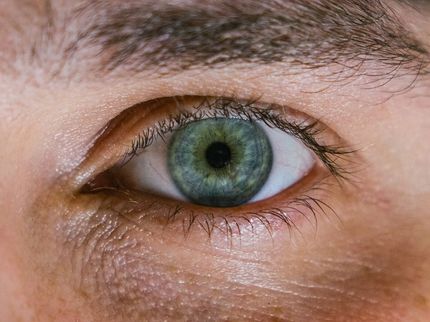Light in sight
Restoring vision to blind mice
Advertisement
Scientists from the Universities of Bern in Switzerland and Göttingen in Germany have succeeded in restoring vision to blind mice. They've developed a molecular light switch as a potential therapy for acquired blindness.
Hereditary blindness caused by a progressive degeneration of the light-sensing cells in the eye, the photoreceptors, affects millions of people worldwide. Although the light-sensing cells are lost, cells in deeper layers of the retina, which normally cannot sense light, remain intact. Scientists from Bethe Universities of Bern, Switzerland, and Göttingen, Germany, now introduced a new light-sensing protein into the surviving retina cells, thus turning them into «replacement photoreceptors». The results were published in PLoS Biology.
«The question was: Can we design light-activatable proteins that gate specific signaling pathways in specific cells?», Dr. Sonja Kleinlogel, corresponding author of the paper whose research group is based at the University of Bern, says. «In other words, can the natural signaling pathways of the target cells be retained and just modified in a way to be turned on by light instead of a neurotransmitter released from a preceding neuron?»
The scientists molecularly modified the cells that normally would have received direct information from the photoreceptors in a way that they reacted to light stimuli instead of chemical signals, thus turning them into replacement photoreceptors. Integrating a new «light antenna» into the surviving cells has the advantage that signal computation of the retina is maximally utilized. «Using optical imaging of neuronal activity in the treated mice, we showed that these replacement photoreceptors were able to activate the visual cortex – the part of the cortex that analyzes visual signals – more strongly again», co-authors Prof. Dr. Siegrid Löwel and Dr. Justyna Pielecka-Fortuna, neuroscientists at the University of Göttingen, say.
The result: The mice were able to see under daylight conditions, react to visual stimuli and learn visually triggered behaviors. «The new therapy can potentially restore sight in patients suffering from any kind of photoreceptor degeneration», Dr. Kleinlogel explains. According to her, the major improvement of the new approach is that patients should be able to see under normal daylight conditions without the need for light intensifiers or image converter goggles. «However, it will take at least another two or three years before the new light antenna can be tested in the clinical setting», she adds. Furthermore, the novel principle opens a whole palette of new possibilities to potentially treat conditions such as pain, depression and epilepsy.
Original publication
Van Wyk M, Pielecka-Fortuna J, Löwel S & Kleinlogel S.; "Restoring the ON-switch in blind retinas: Opto-mGluR6, a next-generation, cell-tailored optogenetic tool."; PLoS Biology, 2015.




















































